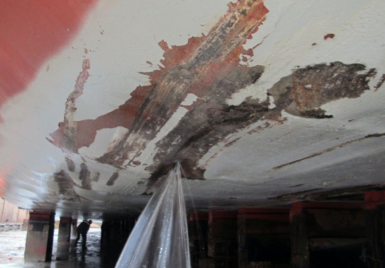
As part of its work to make ships mooring safer, IMO’s Sub-Committee on Ship Design and Construction (SDC 6), which took place on 4-8 February 2019, has introduced new requirements for appropriate and safe-to-use designs of mooring arrangements, a maintenance and inspection regime, as well as proper documentation.
The submissions at the meeting highlighted that mooring operations continue to pose a risk to ships’ crews, but also shore-based mooring personnel.
It is also one of the work situations where crew members are exposed to excessive dynamic forces (snap-back), detrimental heavy manual Continue reading “IMO SDC 6 introduces SOLAS amendment for safer mooring”










